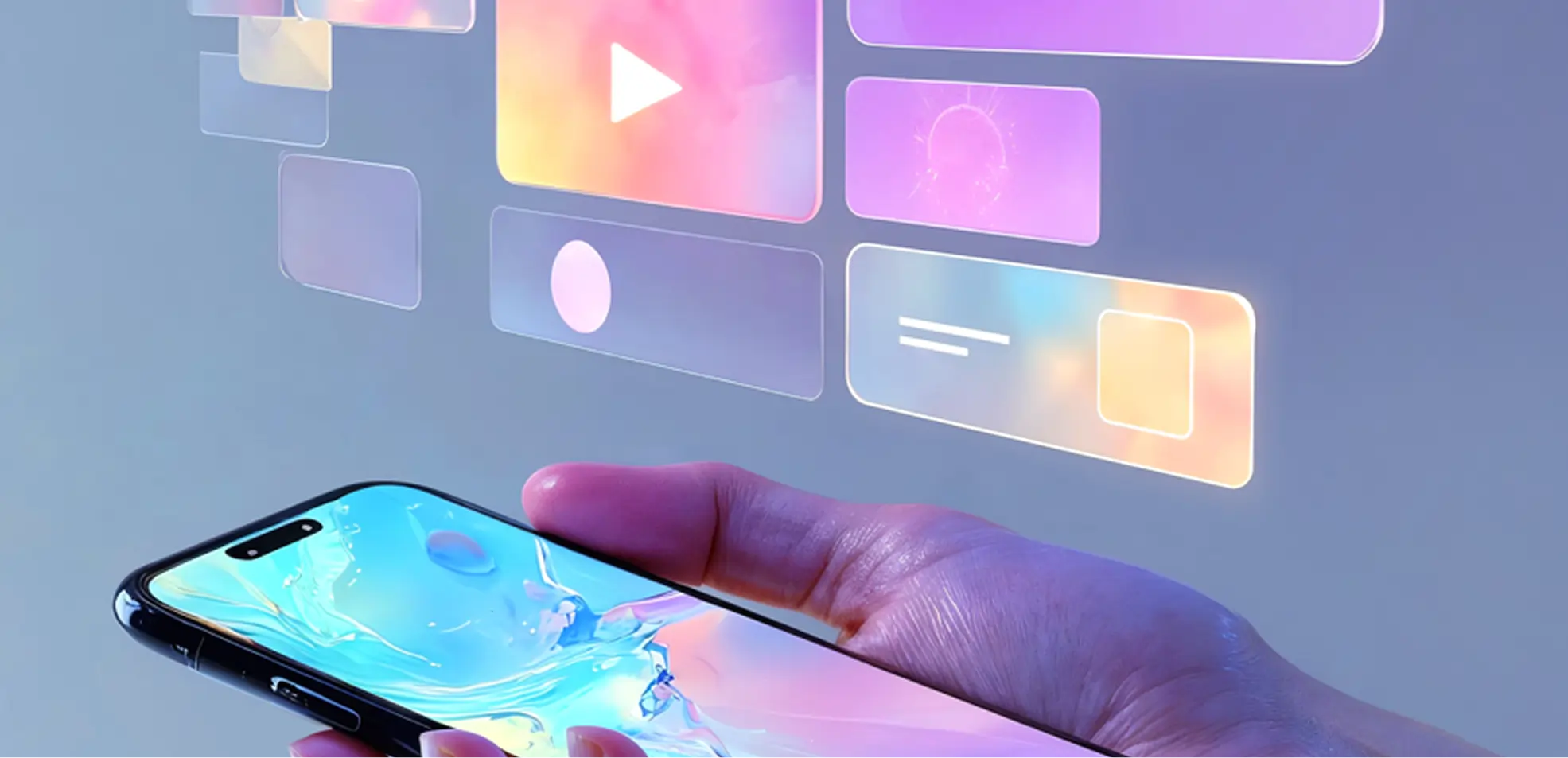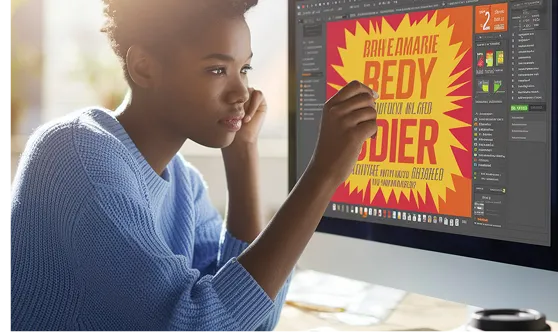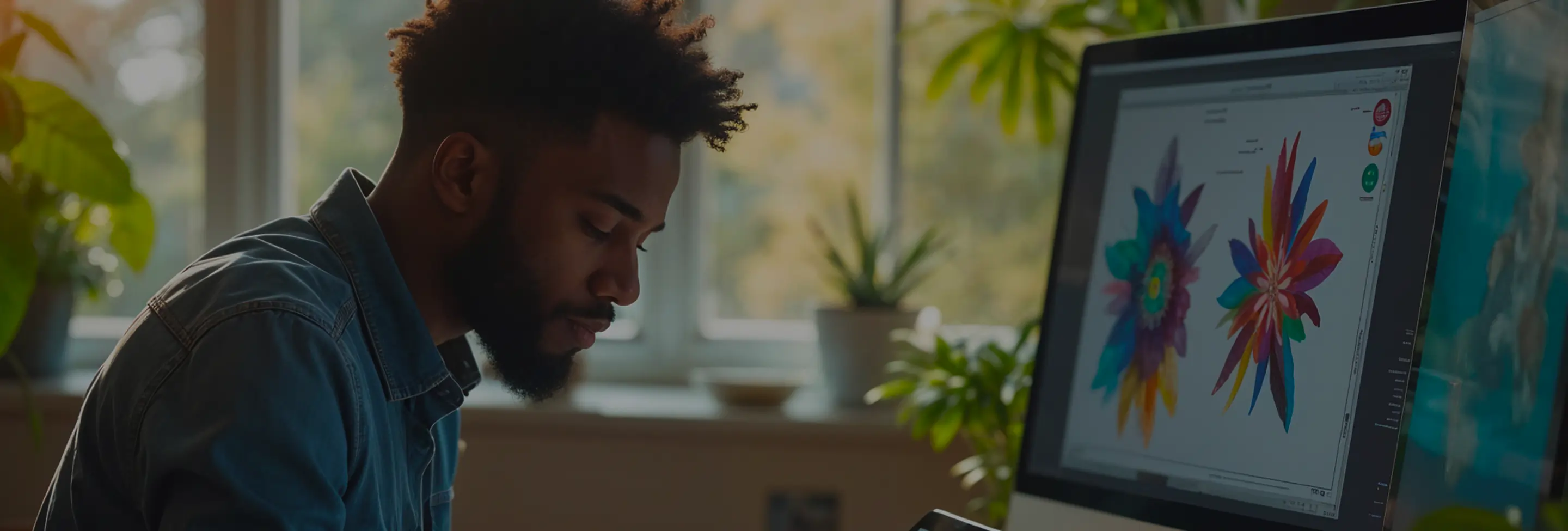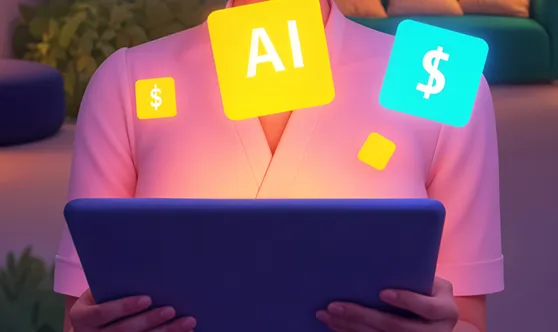
In analyzing over 2,000 client consultations, we've identified the top 20 graphic design questions that account for 85% of project success and challenges. This curated Q&A guide offers actionable insights to help you navigate the complexities of graphic design services, ensuring your projects are both visually stunning and strategically effective.
Answer: When hiring a graphic designer, consider their portfolio, which showcases their style and versatility. Look for experience relevant to your project, strong communication skills, and positive client testimonials. Assess their proficiency with essential design tools like Adobe Creative Suite or Sketch, and ensure they understand your industry’s visual standards. Additionally, evaluate their ability to adhere to deadlines and work within your budget.
Example: If you’re launching a tech startup, seek designers with experience in tech branding who can create sleek, modern visuals that resonate with your target audience.
Answer: Graphic design costs vary based on the project's scope, complexity, and the designer's expertise. Freelancers may charge between $25 to $150 per hour, while design agencies might offer packages ranging from $500 to $10,000 or more for comprehensive projects. It’s essential to obtain detailed quotes and understand what’s included, such as revisions, file formats, and additional services like branding or marketing collateral.
Important Note: Always clarify the payment structure and potential extra costs upfront to avoid budget overruns.
Answer: The graphic design process generally involves the following steps:
Follow-Up: A smooth design process relies heavily on clear communication and timely feedback from clients.
Answer: Revisions are adjustments made to the design based on client feedback. Most designers include a set number of revisions in their contracts, typically two to five. Each revision should be clearly defined to ensure both parties understand the changes required. Excessive revisions may incur additional costs, so it’s crucial to provide precise and constructive feedback during the initial stages.
Troubleshooting Tip: To minimize revisions, provide comprehensive briefs and reference materials to guide the designer effectively.
Answer: Essential tools for graphic designers include:
Configuration Sample: Setting up Adobe Photoshop with custom workspace panels tailored to your workflow can enhance efficiency.
Important Note: Staying updated with the latest versions and plugins can significantly improve productivity and design quality.
Answer: Effective collaboration involves clear communication, regular updates, and using collaborative tools. Utilize platforms like Slack or Asana for project management, and tools like Google Drive or Dropbox for file sharing. Schedule regular check-ins to discuss progress and gather feedback. Providing mockups or prototypes can help clients visualize the end product and facilitate constructive feedback.
Example: Using Figma for real-time collaboration allows both designers and clients to make live edits and comments, streamlining the feedback process.
Answer: To ensure accessibility:
Real-World Example: A website redesign incorporated high-contrast colors and scalable fonts, making it accessible to users with visual impairments and improving overall user experience.
Answer: Best practices for responsive design include:
Follow-Up Explanation: Implementing a mobile-first approach ensures that essential content is prioritized, leading to a better user experience on all devices.
Answer: Branding is crucial as it establishes your business’s identity and differentiates you from competitors. Effective branding communicates your values, mission, and personality through consistent visual elements like logos, color schemes, typography, and imagery. A strong brand enhances recognition, builds trust, and fosters customer loyalty, directly impacting your marketing effectiveness and overall business success.
Actionable Solution: Invest in a comprehensive branding strategy that includes a style guide to maintain consistency across all platforms and materials.
Answer: Graphic design enhances marketing by creating visually appealing content that captures attention and communicates your message effectively. Well-designed materials, such as brochures, social media graphics, and advertisements, can increase engagement, drive conversions, and reinforce your brand identity. Additionally, strategic design tailored to your target audience can improve message clarity and emotional resonance, making your marketing campaigns more impactful.
Example: A visually consistent social media campaign using branded templates saw a 30% increase in engagement compared to previous efforts.
Answer: While aesthetics play a significant role, graphic design is also about functionality and communication. Effective design not only looks good but also conveys messages clearly, enhances user experience, and fulfills specific business objectives. It involves strategic thinking, understanding user behavior, and applying design principles to solve problems and achieve goals.
Misconception Clarification: Graphic design balances beauty with purpose, ensuring that visual elements support the intended message and functionality.
Answer: DIY tools like Canva and Adobe Spark are suitable for simple projects or small businesses with limited budgets. However, professional designers offer expertise in creating unique, high-quality designs that align with your brand and goals. They can provide strategic insights, ensure consistency, and handle complex design challenges that DIY tools may not address effectively.
Actionable Solution: For comprehensive branding and marketing needs, investing in a professional designer can yield more polished and effective results compared to DIY alternatives.
Answer: Common file formats include:
Configuration Sample: Providing both RGB and CMYK versions ensures flexibility for digital and print uses.
Important Note: Ensure you receive layered files (e.g., PSD, AI) if you need to make future edits or adjustments.
Answer: Preparing files for print involves:
Troubleshooting Tip: Double-check color profiles and dimensions to avoid unexpected issues during the printing process.
Answer: To communicate your vision:
Example: Creating a mood board with images, color palettes, and typography examples can help convey your aesthetic preferences effectively.
Answer: If you're not satisfied:
Actionable Solution: Maintain open and honest communication to collaborate effectively on achieving the desired outcome.
Answer: To scale design needs:
Real-World Example: A growing e-commerce business implemented a standardized style guide, enabling their design team to quickly produce consistent product images and promotional materials.
Answer: Strategies for maintaining consistency:
Actionable Solution: Regularly update and distribute the brand style guide to reflect any changes and ensure all stakeholders are aligned.
Answer: Common challenges include:
Troubleshooting Tip: Implement project management tools to track progress, deadlines, and changes, keeping everyone informed and accountable.
Answer: Handle copyright and ownership by:
Important Note: Always have a written agreement outlining copyright and ownership to prevent future disputes.
By addressing these key questions, you can make informed decisions, foster effective collaborations, and optimize your graphic design projects for success. Whether you're a startup seeking branding expertise or an established business aiming to refresh your visual identity, these expert insights provide the foundation for achieving your creative goals.




Subscribe to our newsletter to receive $100 off your first month of Tapflare's flat rate unlimited design and development service. Your coupon code will be sent to your email.